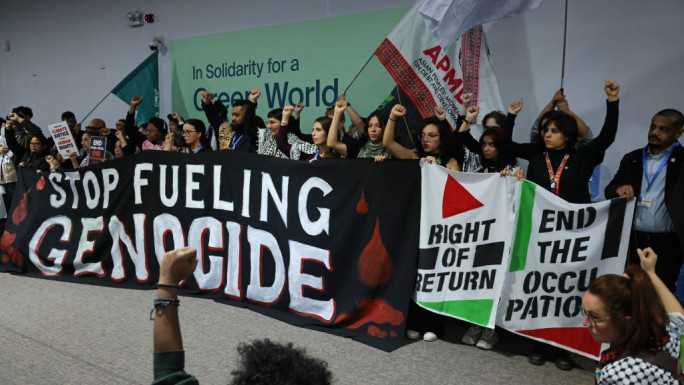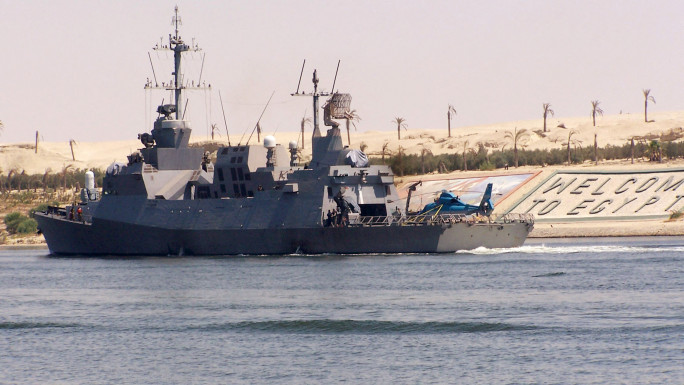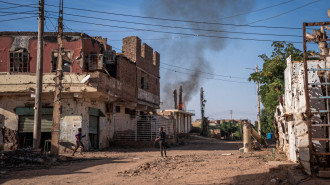Iran's petrochemical, fuel sales boom as sanctions hit crude exports
Iranian fuel and petrochemical exports have boomed in recent years despite stringent US sanctions, leaving Iran well placed to expand sales swiftly in Asia and Europe if Washington lifts its curbs, trading sources and officials said.
The United States imposed sanctions on Iran's oil and gas industry in 2018 to choke off the Islamic Republic's main source of revenues in a dispute with Tehran over its nuclear work.
The steps crippled crude exports but not sales of fuel and petrochemicals, which are more difficult to trace. Crude can be identified as Iranian by its grade and other features, while big oil tankers are more easily tracked via satellite.
Iran exported petrochemicals and petroleum products worth almost $20 billion in 2020, twice the value of its crude exports, oil ministry and central bank figures show. The government said in April they were its main source of revenues.
"The world is vast and the ways of evading sanctions are endless," Hamid Hosseini, board member of Iran's Oil, Gas and Petrochemical Products Exporters' Union in Tehran, told Reuters.
Competitive prices and Iran's location, close to major shipping lanes, made its products attractive, he said.
There are also many more buyers of refined products than importers with refineries configured to process Iranian crude.
In addition, Iran exports some fuel by trucks to its neighbours, which involve small transactions that are tough for the US Treasury to detect.
Tehran has been in talks since April to revive its nuclear pact with six world powers, after the United States under President Donald Trump withdrew from the deal in 2018 and ratcheted up sanctions. Iran says it will only restrict its nuclear work under the pact if US sanctions are scrapped.
Revenue source
Meanwhile, Iran has positioned itself well to respond if the measures are eased. While most of the world slashed refinery throughput during the COVID-19 pandemic, Iranian gasoline exports rose 600% year on year in 2020 to 8 million tonnes, or 180,000 barrels per day (bpd), the customs administration said.
As recently as 2018, Iran had been importing gasoline.
Iran's revenues from gasoline exports were an estimated $3 billion in 2020, Hosseini said.
Iranian oil production is now about 2 million to 2.5 million bpd, with around 2 million bpd allocated to domestic refineries and roughly 500,000 bpd to exports, a source close to the oil ministry said, adding that Iran could boost crude output by 2 million bpd in two to three months if sanctions were lifted.
Until sanctions were imposed, crude exports were Iran's main revenue source, typically exceeding 2 million bpd and reaching 2.8 million bpd in 2018.
Gasoline was delivered by truck to Afghanistan and Pakistan and shipped to the United Arab Emirates (UAE) across the Gulf, a source close to Iran's Oil Ministry said, declining to be named.
The UAE's Ministry of Foreign Affairs and International Cooperation did not comment.
Iran resumed fuel exports to Afghanistan in August at the request of the Taliban, a Sunni Muslim group that seized power when US and other Western forces withdrew and with which Shi'ite Iran had tense relations in the past.
Traders said Iraq and some African countries also bought Iranian gasoline, while several gasoline cargoes were shipped to Venezuela, which like Iran is a member of OPEC.
The government of Iraq, which has for years imported gas and electricity from its neighbour under US waivers, did not respond to requests for comment about the gasoline trade.
Encouraging buyers
Petrochemical exports rose to 25 million tonnes in 2020 from about 20 million tonnes in 2019, an Iranian oil ministry bulletin said, while Iranian petrochemical capacity rose to 90 million tonnes a year in 2020 from 77 million tonnes in 2019. It is set to exceed 100 million tonnes in 2021.
To encourage buyers, trading sources said Iran often offered prices that would cover shipping and insurance costs, alongside the extra fees for banking transactions. Those extras had raised the cost of Iranian products by about 25%, trading sources said.
Even countries that seek to implement US sanctions have sometimes struggled to halt all business with Iran.
India banned imports of Iranian urea in domestic tenders under US pressure but Hosseini said Iranian products were still offered via intermediaries.
India's Fertilizer Ministry, which drafts tenders for imports, did not respond to requests for comment. Officials in UAE and Iraq also did not immediately respond.
Chinese firms remain the main buyer of Iranian liquefied petroleum gas (LPG), methanol, and many other products, trading sources said. China Customs and its Ministry of Foreign Affairs did not immediately respond to requests for comment.
"If the international sanctions were completely dropped, Iran would go back to exporting methanol to its traditional locations instead of the vast majority going into China," said Geoff Mullett, a methanol specialist at IHS Markit, referring to other markets such as Taiwan, Japan and South Korea and Europe.
A senior analyst at IHS, April Tan, said Iranian exports were expected to rise if sanctions dropped, in particular fuel oil and liquefied petroleum gas (LPG) exports to Asia.






 Follow the Middle East's top stories in English at The New Arab on Google News
Follow the Middle East's top stories in English at The New Arab on Google News
![Gazans reel after Israel strike [Getty]](/sites/default/files/styles/image_330x185/public/2183300682.jpeg?h=a5f2f23a&itok=fN-GAQGE)

